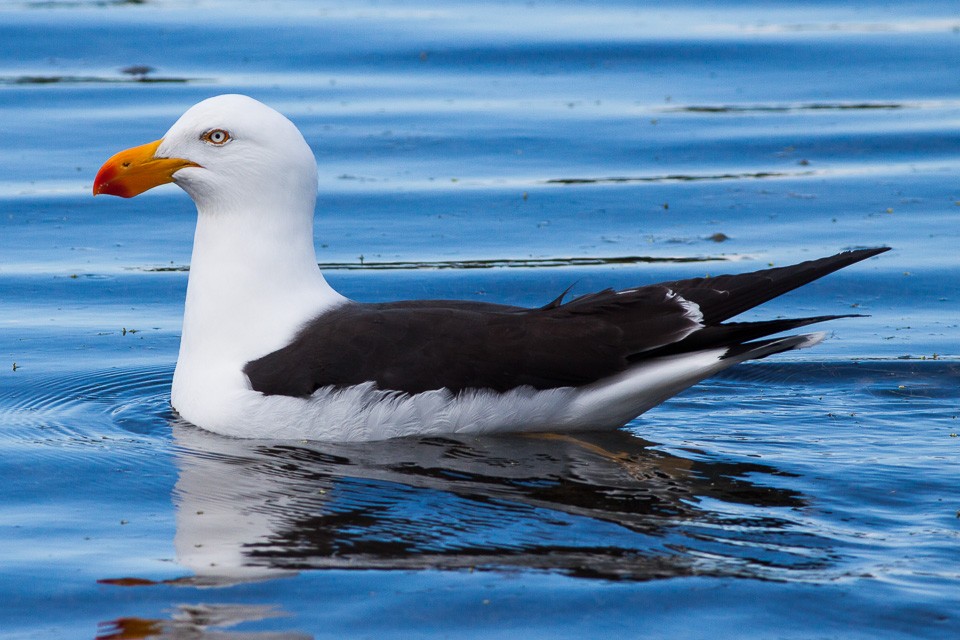Pacific Gull
A species of Gulls Scientific name : Larus pacificus Genus : Gulls
Pacific Gull, A species of Gulls
Botanical name: Larus pacificus
Genus: Gulls
Content
Description People often ask General Info
Description
Pacific gulls are the only large gulls in their range, besides the occasional kelp gull. This species can range in length from 58 to 66 cm (23 to 26 in) and span 137 to 157 cm (54 to 62 in) across the wings. They typically weigh from 900 to 1,180 g (1.98 to 2.60 lb). This species is mostly white, with dark wings and back, and a very thick (when compared to other gull species), powerful, red-tipped yellow bill. They have salt glands that secrete salty water through the nostrils. Young birds are mottled-brown all over, and attain their adult plumage only gradually; by its fourth year, a young Pacific gull has usually become difficult to tell apart from an adult bird. Of the two subspecies, the nominate eastern race prefers sheltered beaches, and the western race L. p. georgii is commonly found even on exposed shores. Both subspecies nest in pairs or loose colonies on offshore islands, making a cup of grasses and sticks in an exposed position, and laying two or three mottled brown eggs. 
Size
58 - 66 cm
Colors
Black
Gray
White
Life Expectancy
15 years
Nest Placement
Ground
Feeding Habits
Pacific Gull's diet includes fish, molluscs, squid, crabs, sea-urchins, crustaceans, small seabirds, eggs, and nestlings. They forage by scavenging carrion or hunting live prey and show a preference for diverse marine-based food sources.
Habitat
Pacific Gull predominantly resides in coastal zones: sandy beaches, estuaries, and sheltered bays. They utilize both natural features, such as rocky oceanfronts in eastern regions, and anthropogenic structures, including wharves and jetties. While preferring coastal areas, they occasionally inhabit inland farmlands and proximal rubbish dumps, typically shunning dense human settlements.
Dite type
Scavenger
